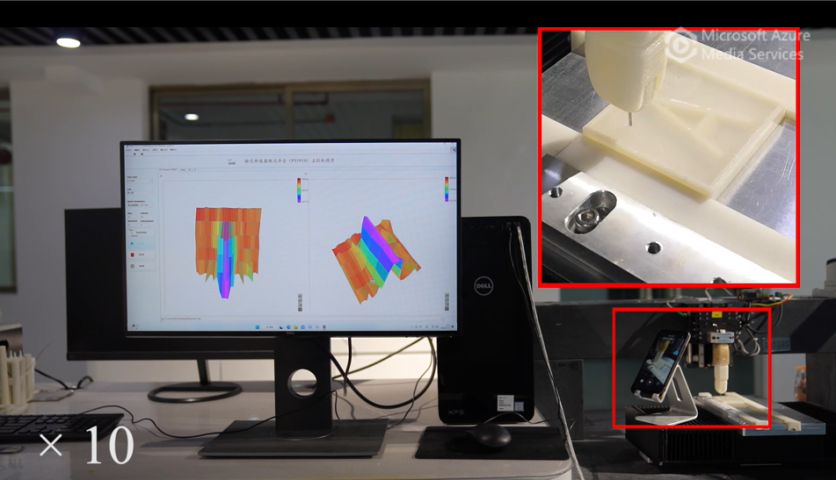A group of researchers from Wiyu University in China debuted a new device that centers on multiple touches or pokes on different surfaces to create a 3D render of its surface and subsurface. This is the smart bionic finger they recently shared with the world, and it features tactile tomography to help users know what is inside or outside the object they are scanning.
The researchers claimed that it might scan the living and non-living materials to help know or imagine what is inside, then have the image 3D rendered on one's computer.
Smart Bionic Finger: Tactile Tomography and 3D Rendering

Wiyu University researchers debuted a new robot that helps get to know an object or person, with different applications, per its press release. They call it the "smart bionic finger," and it touches or pokes a surface or material, which could then identify both the outside and inside elements present on the source.
The researchers call this method "tactile tomography," similar to x-rays or MRI scans, which hover over objects or people and create images of what is on the inside.
Its study led to the development of the smart bionic finger and was recently published in the Cell Reports Physical Science journal earlier today.
Smart Bionic Finger Applications in the World
The smart bionic finger performs its scans and applies light pressure to determine what is inside or under a specific surface.
"Our bionic finger goes beyond previous artificial sensors that were only capable of recognizing and discriminating between external shapes, surface textures, and hardness," says co-author Zhiming Chen, a lecturer at Wuyi University.
The researchers use the bionic finger to scan complex objects, which may be used for medicine, engineering, construction, and more.
Robots Which Can Feel
Gone are the days when researchers or scientists create a robot who is all mechanical or all about performing their work, those who are working day and night to achieve the goal.
It is correct, as the robots created now are still capable of doing loads, but in this era, researchers integrate artificial intelligence or deep learning to teach them how to feel.
One example is Affetto, the "Blade-Runner" robot, a hyper-realistic child robot that can feel the same things as humans.
Researchers are also intent on creating robots with a complete sense of touch, perception, and awareness, akin to the human nervous system, which is responsible for perceiving objects. This is the robotic gripper developed by companies including PowerON and TU Dresden as part of their recent collaboration.
Innovators center on creating new experiences and products for the world. This recent smart bionic finger is a way to scan objects to know both their surface and subsurface, featuring a non-invasive method that delivers 3D-rendered images.

ⓒ 2025 TECHTIMES.com All rights reserved. Do not reproduce without permission.




